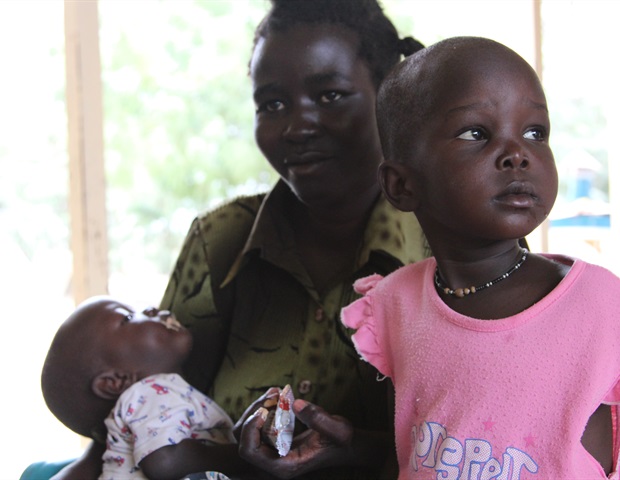Many families choose to breastfeed their newborns based on the idea that their milk is full of everything their baby needs to flourish in those early months of life. However, new research says breast milk from American mothers may contain toxic chemicals, raising alarms over what this could mean for long-term health and wellness.
The Study Tested the Milk From 50 Mothers
Findings published in Science Direct say each sample of milk collected for the study showed some level of contaminants. Most commonly, researchers found evidence of Brominated Flame Retardants (BFRs), identifying 25 different types of BFRs in the study.1
According to the Environmental Protection Agency (EPA), BPRs “are currently the largest marketed flame retardant group due to their high performance efficiency and low cost.” This means they are the most commonly used flame retardants on the market.2 You can find them in everything from plastics to televisions.1
BFRs Were Supposed To Be a Safer Alternative To Other Retardants

According to the EPA, these compounds were the answer to Polybrominated Diphenyl Ethers (PBDEs), another type of flame retardant. The U.S. banned PBDEs over health concerns back in 2004. The EPA spoke out about their widespread use after determining these compounds were “toxic to both humans and the environment.”3
Unfortunately, the BPRs come with their own set of concerns.
We Don’t Know the True Dangers BPRs Present
While this group of BPRs seems to be a better option than some flame retardants on the market in the past, they still pose serious risks.
“Recent epidemiological studies clearly indicated that BFRs affect human health,” a 2011 statement from the EPA says. “The human health effects include cryptorchidism, alterations in thyroid hormone homeostasis, reproductive effects, and reduced development of children at school age that include psychomotor development index and IQ performance.”2
That’s a whole lot of scary information, especially when you consider things like cryptorchidism (when testicles fail to descend into the scrotum) and psychomotor development index (a child’s ability to reach cognitive, emotional, and social milestones) can have long-term effects on a child’s quality of life.4
We Do Know That BPRs Are Almost Everywhere
As if that wasn’t frightening enough, the study explained that kids have additional risks of exposure, even after they stop breastfeeding.1
BPR-contaminated dust is almost everywhere in our homes, and humans most often face exposure when they breathe it in or ingest it through food and drinks.1,2 The EPA says that “indoor contamination is proposed to be a significant source of human exposure.”2
Additionally, there’s a class of BFRs found in plastic toys made from recycled material. The study says this compound had the “greatest leaching” when tested with artificial saliva.1
What Should Parents Do?
As parents ourselves, we know how terrifying this news sounds. But we’d like to caution against making any changes based on these findings. The benefits of breastfeeding still outweigh the risk of BPR contamination, especially given how prevalent these chemicals are in homes.5
While we hope this study doesn’t make people less likely to nurse, we hope it sparks a conversation about what these chemicals do to the environment and our bodies. It’s important to consider how we can make safer choices for manufacturing what our children use and love.
1. Schreder, E., Zheng, G., Sathyanarayana, S., Gunaje, N., Hu, M., & Salamova, A. (2023). Brominated flame retardants in breast milk from the United States: First detection of bromophenols in U.S. breast milk. Environmental Pollution, 334, 122028. https://doi.org/10.1016/j.envpol.2023.122028
2. https://cfpub.epa.gov/226582
3. https://www.epa.gov/
4. Chen, J., Sørensen, H. T., Miao, M., Liang, H., Ehrenstein, V., Wang, Z., Yuan, W., & Li, J. (2018). Cryptorchidism and increased risk of neurodevelopmental disorders. Journal of Psychiatric Research, 96, 153-161. https://doi.org/10.1016/j.jpsychires.2017.10.006
5. https://www.ncbi.nlm.nih.gov/PMC6862650

 PARENTING TIPS
PARENTING TIPS







 PREGNANCY
PREGNANCY








 BABY CARE
BABY CARE








 TODDLERS
TODDLERS








 TEENS
TEENS








 HEALTH CARE
HEALTH CARE







 ACTIVITIES & CRAFTS
ACTIVITIES & CRAFTS








 CONTACT
CONTACT ABOUT
ABOUT



